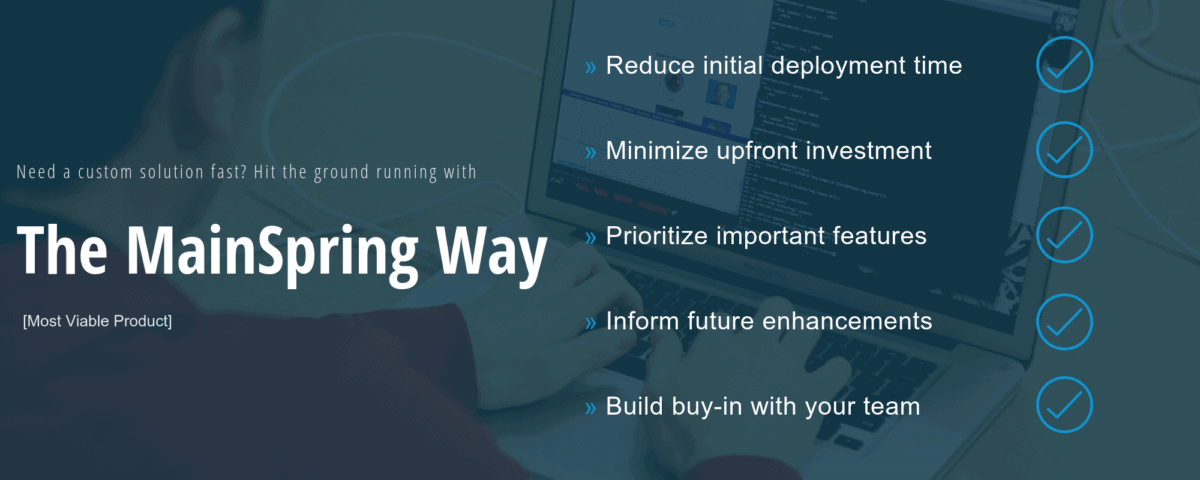If I were to mention MVP vs MVP, what would be the first thing that comes to mind?
For most people, they would be envisioning the greatest rivalries and epic battles in sports history. Perhaps Larry Bird vs Magic Johnson, or Peyton Manning vs Tom Brady, or Sidney Crosby vs Alexander Ovechkin. After all, the acronym MVP is mostly associated with Most Valuable Player. Within the agile development community, however, the acronym MVP represents something entirely different…
The Minimum (or Most) Viable Product (MVP), as defined by Eric Ries, is a version of a new product which allows a team to collect the maximum amount of validated learning about customers with the least effort. It’s a strategy to avoid developing products that our clients do not need or want by maximizing our learning of what is truly valuable to the client. By developing in MVP iterations, we are able to deliver deployable products in the quickest way possible. We’re able to quickly get feedback and keep our client engaged. In this way, we develop what our client needs and not what we think they need. Based on my experiences, this is the only proven formula for saving our clients’ money and keeping them happy throughout the entire development process.

Developing in Minimum Viable Product iterations has been so well-received and liked by our clients, some of them have lost focus on maintaining the Most Valuable Product. Through client collaboration, a Minimum Viable Product is determined at some point in time. A series of Minimum Viable Product, in theory, will lead to a final product that is most valuable to the client at that point in time. Once the final product is released, clients are euphorically happy because they have a product they exactly want and didn’t spend any extra money on it. It is understandable to think that they have the Most Valuable Product. In fact, that is far from the case…
Whereas the Minimum Viable Product is based on a point in time, the Most Valuable Product is more fluid. The Most Valuable Product will change along with a client’s business & industry. It must keep you operating at maximum efficiency and keep you ahead of your competitors. In order to ensure the euphoria at project completion last and that you have the Most Valuable Product, one must always practice Continuous Improvement principles.
I hope this blog clarifies that the Minimum Viable Product ≠ Most Valuable Product. If you need help obtaining your Most Valuable Product, through Continuous Improvement principles, don’t hesitate to contact us.
